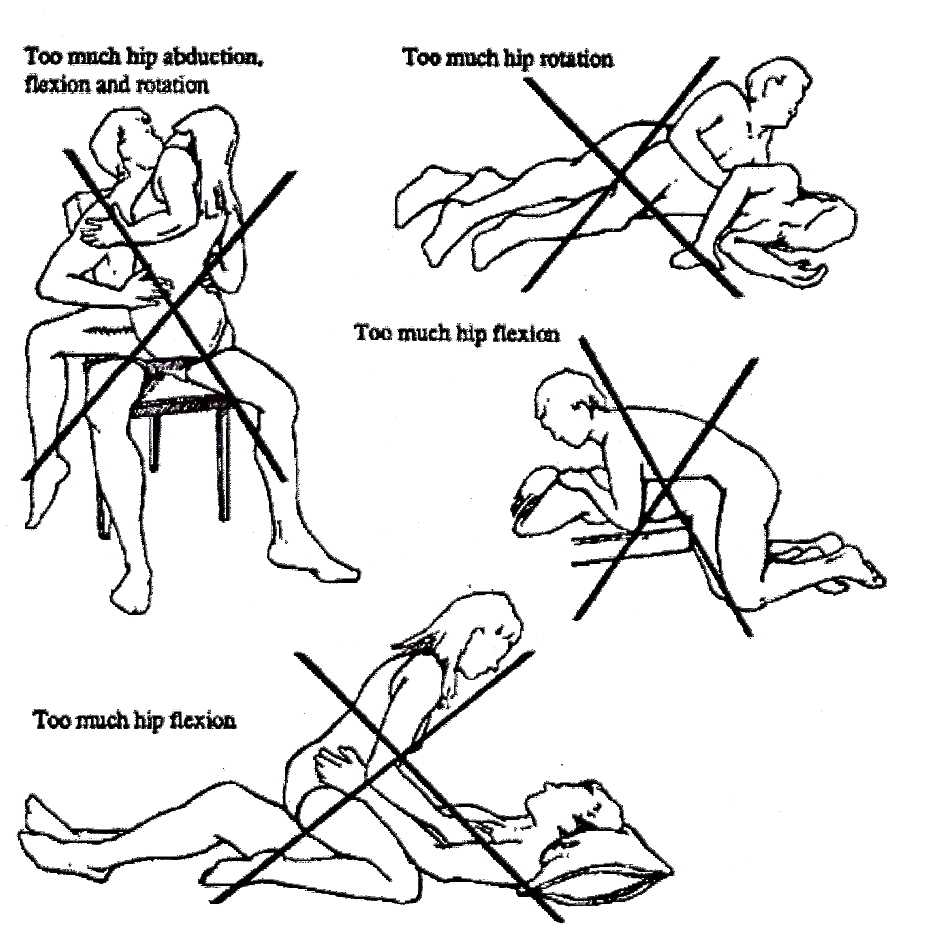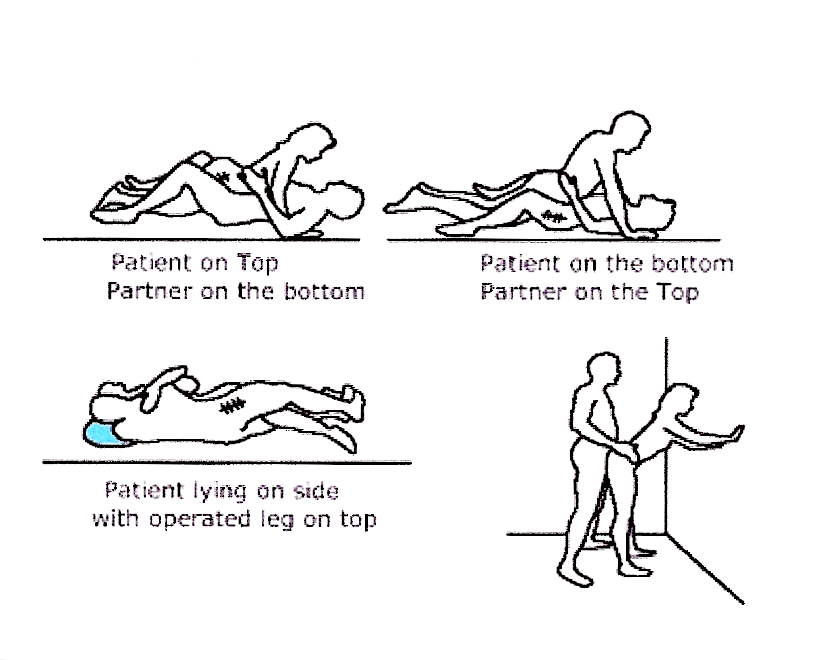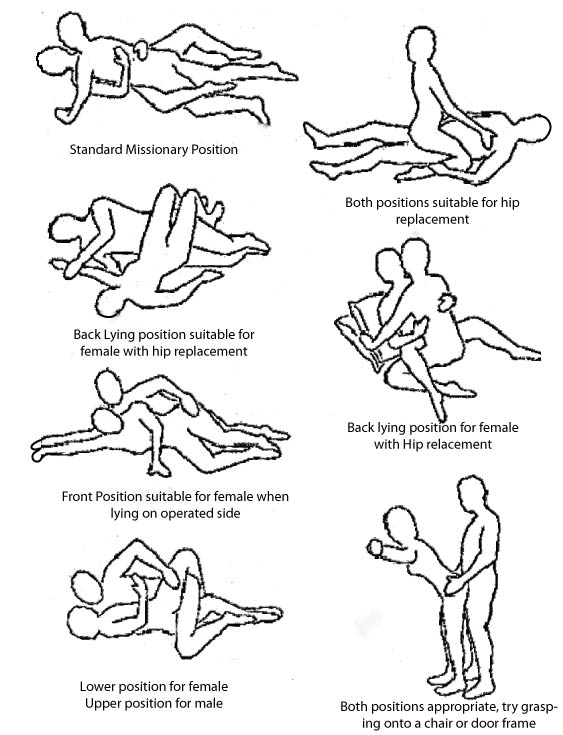The question of when to resume sexual activity following a hip replacement can be equally embarrassing to your surgeon as it is to you. As a result, the question is often left unanswered which can lead to avoidance or using positions that may put your joint replacement at risk. So how long should you wait? For most patients, this is around six weeks following your surgery when the wound and capsule has healed around the new joint and the muscles resume their normal strength. Before this time, if you do feel the urge, foreplay, masturbation or oral sex can be attempted, however as you are likely to find out, sex is likely to be one of the last things on your mind.
The procedure of replacing the hip joint takes its toll physically and mentally. Your libido will need a little time to kick-start as you begin to feel less tired, recover normal movements and the pain settles. Certain medications taken following joint replacement may also decrease libido and sexual function. Sleeping medication may also make it difficult to stay awake long enough, so it is not until these are usually decreased or ceased that the urge for intimacy may arise. The older you are, the longer this is likely to take. Your confidence will improve concurrently along with this.
Before your operation, you were likely to have had pain and decreased joint mobility that was likely to affect your sexual activity, so when given time to recover, the possibility of a much improved sex life exists. In fact, once its safe to do, a little bit of horizontal folk dancing could be argued to be a great form of rehabilitation as it will work on strength, range and endurance!
When you feel ready to get back on the horse (no pun intended!) it is suggested that you progress slowly. Certain positions will put too much stress on your hip and could cause it to dislocate. Just think how embarrassed you will be explaining to the doctor how you dislocated your hip if you were swinging from the chandelier!! Positions that involve rotation or bending of the hip past 90 degrees should be avoided. It is a good idea to also discuss things with your partner. They are likely to also have concerns that they may put too much pressure on you and damage the new hip or cause pain.

It is suggested you first try positions of low impact using pillows for support such as spooning and standing positions. The missionary position and ones with the woman on top are also a good ones to try and likely to be most successful. Don’t worry about supporting your partners weight; the stress put through the hip will be less than what goes through if you play a round of golf.

As your confidence improves you can try pretty much anything within reason, so long as you take it slowly and if you feel a strain in your hip to change positions to something less strenuous.

